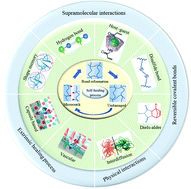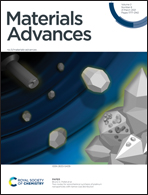Progress and challenges in self-healing composite materials
Abstract
Synthetic materials used in a wide range of applications are prone to damage in the form of cracking/microcracking. Catastrophic failure of the materials may occur due to the growth and merging of the microcracks, which results in the reduction of the service life of the materials. To avoid these problems and increase the service life, early detection and mending of the microcracks are extremely important. Self-healing materials can be utilized in these cases, which have the capability not only to detect cracks early but also to repair cracks automatically. These materials will also have the potential to improve material reliability, extend the service life, reduce replacement costs, and improve product safety. Due to these attractive features, numerous research studies are conducted every year on the development of self-healing systems. This paper summarizes the latest progress in the design and fabrication techniques of self-healing materials through a wide range of materials, including metals, ceramics, concrete, and polymer composites. Based on recent research, this article provides an overview of different chemistries and approaches involved in preparing self-healing composites. Comparative healing efficiency and related fabrication methods are tabulated. Finally, existing problems, gaps, and challenges, and future research directions and opportunities for commercial applications are highlighted.

- This article is part of the themed collection: Celebrating materials science in the United States of America


 Please wait while we load your content...
Please wait while we load your content...